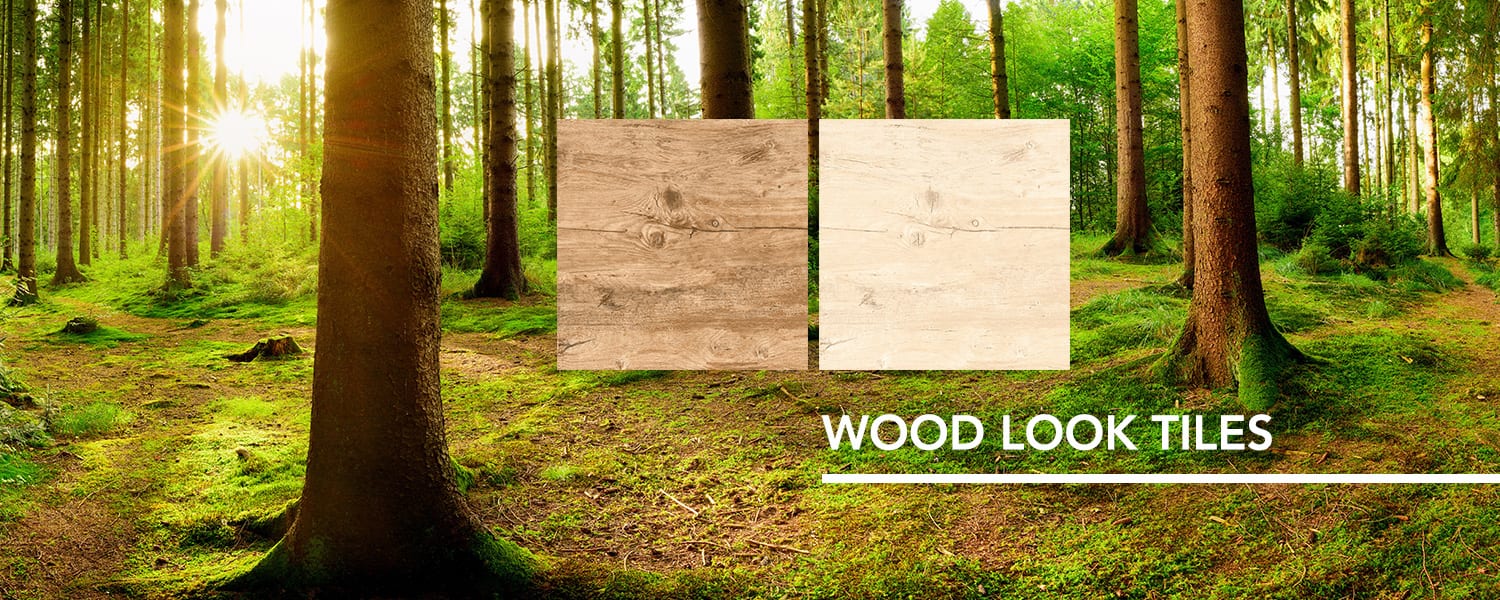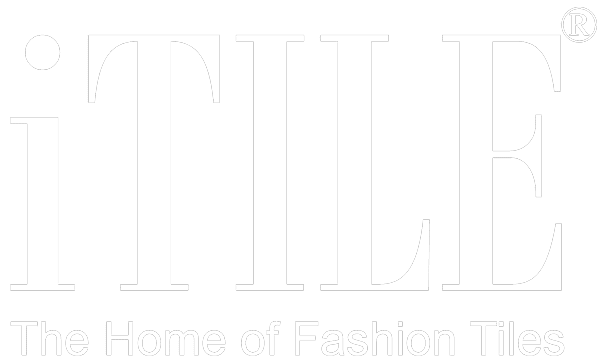How to Choose the Perfect Exterior Tiles
Choosing Exterior Tiles is not a simple task. This does not mean popping to the store and grabbing any tile that appeals to your taste. A lot of thought needs to be put into it for you to achieve that long-lasting, incredible design that you are seeking. Exterior tiles are similar to interior tiles, as they come in a variety of colours, shapes, and designs. However, unlike interior tiles, exterior tiles need to be harder, denser and more impervious to water. This is to ensure they are able to withstand various weather conditions. Whether you tiling a patio, pool area, or garden path, there things you need to keep in mind.
Tips for Choosing Exterior Tiles
1. Consider the Design on Your House
Considering the design of your home is crucial when thinking about what exterior tiles to use. It is attractive and pleasing to the eye to keep a standard design throughout your home. Mismatching your interior design with exterior design can be disastrous and expensive. The safer option is to keep the same design throughout.
2. Light Exposure of the Area
The amount of light that an area gets is a major factor in deciding the colour of your exterior tile. Light exposure coupled with the colour of the tile will change the way people view the area. The space could look dark and unwelcoming, or too bright and overwhelming. For an area that is dark and does not get a lot of light, using lighter tiles will brighten the area. Colours such as white, beige and cream will do the job perfectly. If the area gets a lot of light, choosing a light tile will make the area too bright and blinding. To counter the brightness you need to use a darker coloured tile. Colours that will help dim the brightness include darker greys, coffee colours and so on. Make sure you stay away from tiles that are too bright.
3. Utilisation of Area in which you Want to Use Exterior Tiles
Is the area a balcony? Is it the area around the pool? Are you tiling a wall? One needs to carefully think about what the area is being use for you to choose the right tile. While these issues are slightly less important when choosing wall tiles as opposed to floor tiles, there are three key aspects about the area that you need to consider before selecting a tile.
Tip 1:
Consider the traffic of the area. Tiles for high traffic areas will need to be a bit more heavy duty. They need to be denser, harder, and durable to withstand traffic. This is to avoid scratching, chipping or damage of tiles in some way or another. While a fragile tile for high traffic areas will be more prone to these damages they work perfectly for areas with little traffic. Taking traffic into consideration can save a tonne of money.
Tip 2:
Does the area need a flat surfaced tile or can the surface of the tile be rugged and uneven? A patio, for example, may need a perfectly smooth flat tile to allow for maneuvering of furniture. Whereas around the pool or a tiled pathway in your garden can have uneven surfaced tiles.
Tip 3:
Exposure of water and moisture to the area. Tiles that are in areas prone to moisture or are exposed to water should be anti-slip tiles. Serious injury can occur from slipping on tiles, especially for children and the elderly.
4. How Much Water is this Area Exposed to?
The amount of water tiles are exposed to is a serious consideration. This depends on whether you choose between a ceramic or porcelain tile, whether the tile is non-slip or not. If the area has high exposure whether it is around the pool, or if you live in a climate where it rains often, porcelain is the better option. It is manufactured at a much higher temperature than ceramic tiles, making it denser and almost waterproof with a water absorption rate of only 0,5%. If you live in an area where the temperatures get down to freezing levels, a less porous tile is the wiser choice. A tile that is thinner and lighter will absorb the water and when it freezes the tile will crack. If the area has low exposure to moisture then the ceramic isn’t a terrible choice, just be sure to get the unglazed tile so that it is non-slip. Make sure you seal it correctly to prevent it from staining. Porcelain tiles are less likely to stain due to their low absorption.
Ultimately, make sure that you take your time in selecting your exterior tiles so that you don’t waste time or money on fixing the problems that may arise.
If you would like further advice or help with selecting the right tile, feel free to ask us on info@itile.co.za or contact us on Facebook.







